The market demand analysis for brick and block machines is crucial for understanding the current and future trends in this industry. This analysis allows manufacturers and suppliers to identify opportunities, make informed decisions, and stay competitive in the market.
1. Market Overview
The brick and block machine industry is witnessing significant growth due to the increasing construction activities worldwide. The demand for bricks and blocks is driven by the need for affordable housing, infrastructure development, and urbanization. As a result, the market for brick and block machines is expected to expand in the coming years.
2. Market Segmentation
The market for brick and block machines can be segmented based on machine type, production capacity, end-use industry, and geography. Machine types include hydraulic, clay, concrete, and fly ash brick machines. Production capacity ranges from small-scale manual machines to large-scale automated systems. The end-use industries include residential, commercial, and industrial construction.
3. Key Market Drivers
Several factors are driving the demand for brick and block machines. Firstly, the growing population and urbanization are creating a need for more housing and infrastructure. Secondly, governments worldwide are investing in infrastructure development projects, further boosting the demand for bricks and blocks. Additionally, the shift towards sustainable construction materials is also driving the market growth as bricks and blocks offer durability and energy efficiency.
4. Market Challenges
Despite the positive market outlook, there are some challenges that brick and block machine manufacturers and suppliers face. One of the major challenges is the availability of raw materials, especially clay and sand. These materials are finite resources and their extraction can have environmental impacts. Additionally, the high initial cost of purchasing brick and block machines may hinder small-scale manufacturers from entering the market.
5. Competitive Landscape
The brick and block machine market is highly competitive with several global and regional players. Key players in this industry focus on product innovation, technological advancements, and strategic collaborations to gain a competitive edge. Manufacturers are also investing in research and development to develop machines that offer higher production capacity, energy efficiency, and reduced maintenance.
6. Regional Analysis
The demand for brick and block machines varies across different regions. Developing countries, such as India, China, and Brazil, have a high demand for affordable housing and infrastructure, which drives the market growth. In developed countries, the focus is on sustainable construction practices, leading to an increased demand for eco-friendly bricks and blocks. Geographical analysis helps manufacturers to identify target markets and tailor their strategies accordingly.
7. Emerging Trends
Several emerging trends are shaping the brick and block machine market. These include the adoption of automation and robotics in manufacturing processes to improve efficiency and reduce labor costs. The integration of IoT (Internet of Things) technology allows for real-time monitoring and remote control of brick and block machines. Additionally, the utilization of recycled materials, such as fly ash and slag, in brick and block production is gaining popularity due to environmental concerns.
8. Future Outlook
The future of the brick and block machine market looks promising. The demand for affordable housing, infrastructure development, and sustainable construction practices will continue to drive market growth. Manufacturers and suppliers need to focus on product innovation, cost-effectiveness, and environmental sustainability to stay ahead in this competitive market.
Conclusion
The market demand analysis for brick and block machines provides valuable insights into the current and future trends. Understanding the market drivers, challenges, and emerging trends allows manufacturers and suppliers to develop effective strategies and meet the evolving needs of the construction industry. By staying abreast of market developments, companies can seize opportunities and maintain a competitive edge in this growing market.




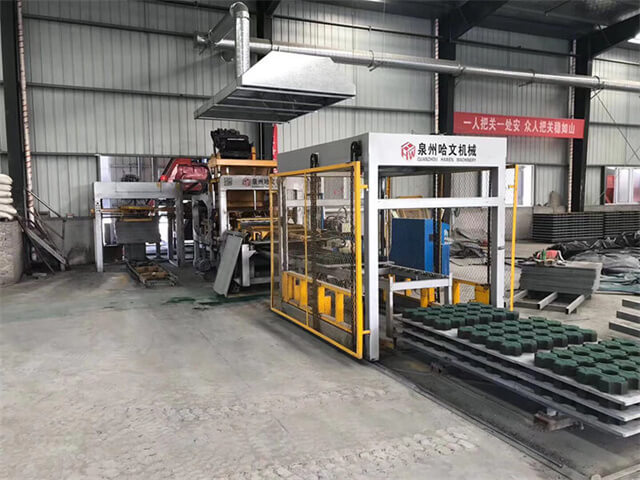
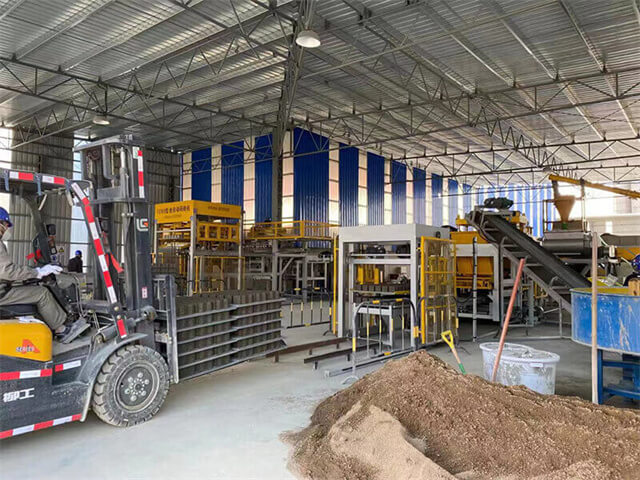
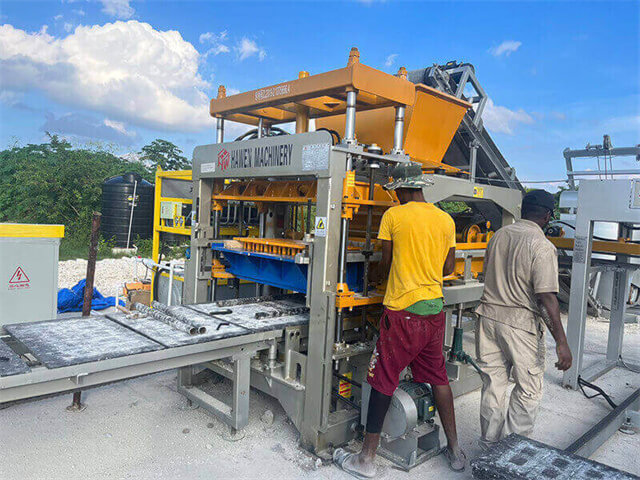
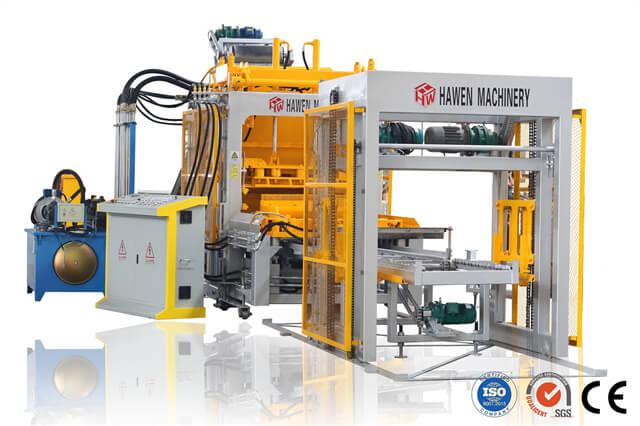
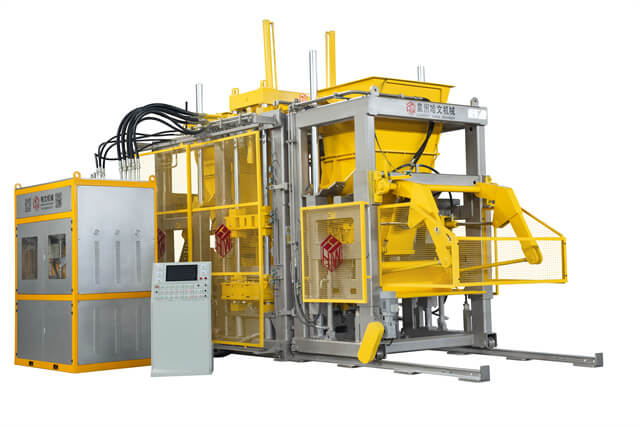
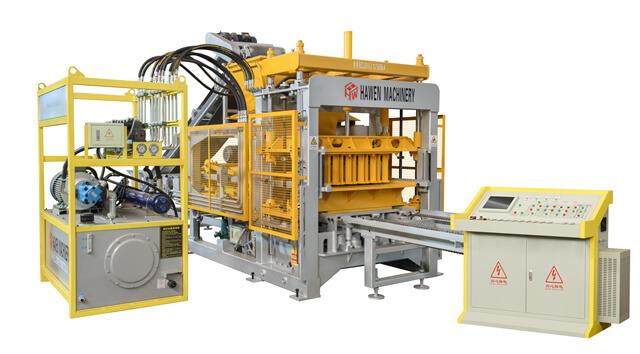
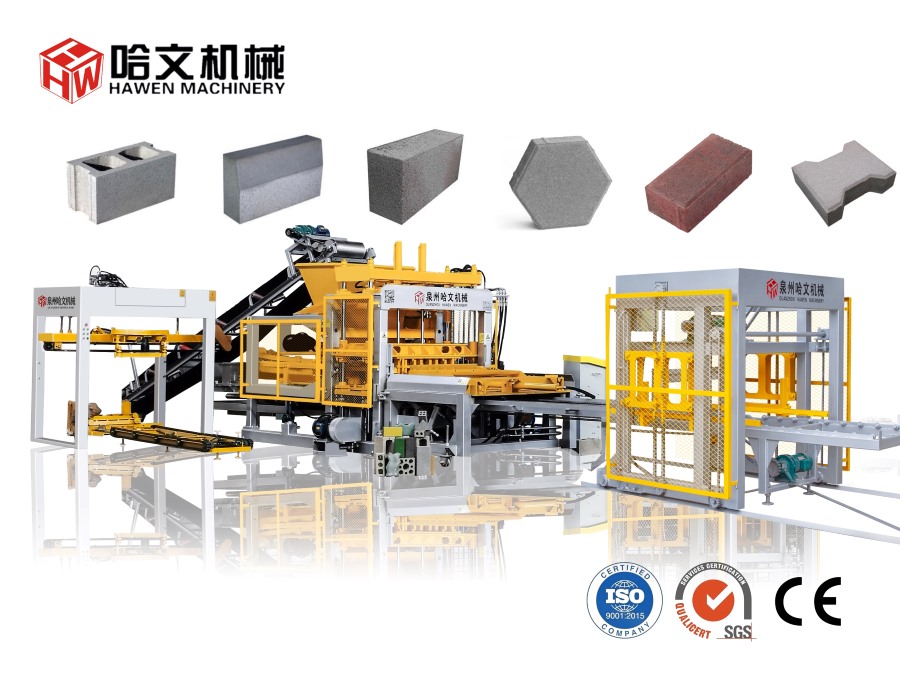
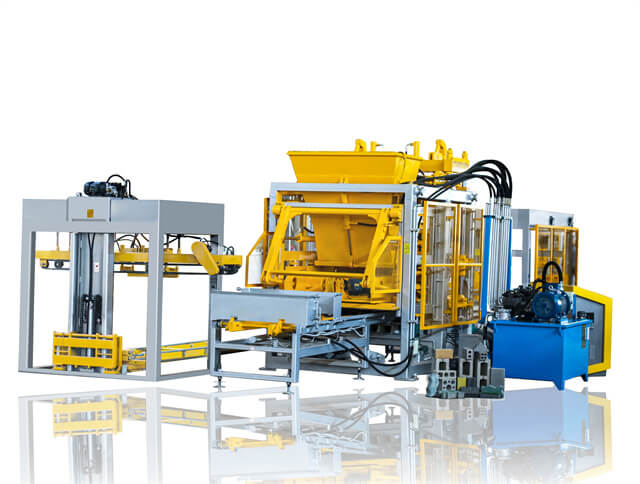
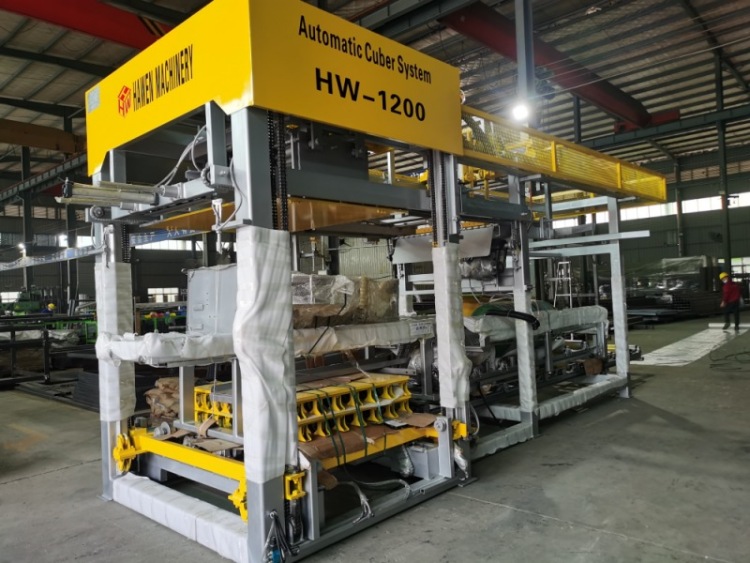

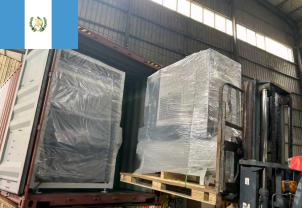


 Tel: +86-13905968794
Tel: +86-13905968794 Email: export@hwmachines.com
Email: export@hwmachines.com MP/WhatsApp: +86-13905968794
MP/WhatsApp: +86-13905968794 Manufacturer Address:Nanan,Quanzhou City,Fujian Province,China
Manufacturer Address:Nanan,Quanzhou City,Fujian Province,China




